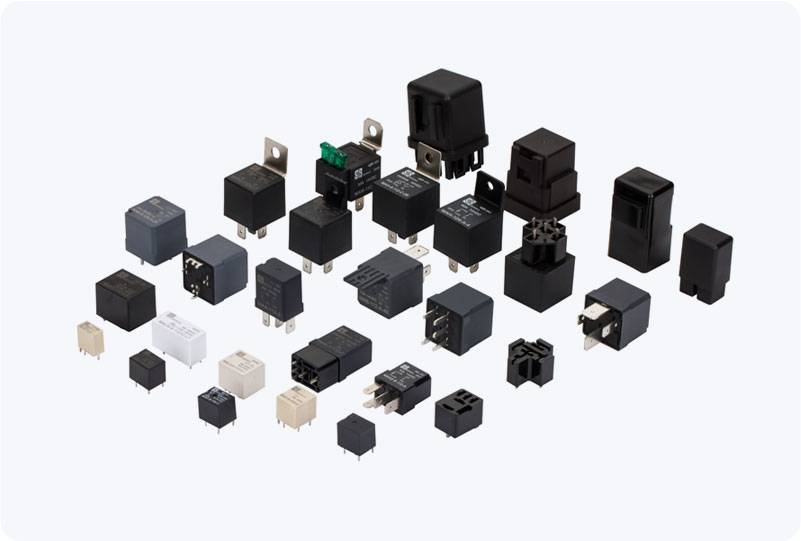The Battery Pack Main Relay is an indispensable component in the world of modern energy storage, especially in electric vehicles (EVs) and various other battery-powered systems. Acting as the critical interface between the battery pack and the rest of the system, this relay ensures that the battery operates efficiently and safely by controlling its connection and disconnection from the power system. This article explores the function, design, and significance of the Battery Pack Main Relay, as well as its key role in maintaining the safety and performance of battery-driven devices.

What is a Battery Pack Main Relay? A Battery Pack Main Relay (BPMR) is an electromechanical switch designed to connect and disconnect the battery pack from an electrical system. This relay is tasked with managing high-voltage and high-current flows, ensuring that energy from the battery pack is either supplied to the system or safely cut off when necessary. The BPMR can be found in various applications, with electric vehicles being one of the most prominent uses due to their reliance on large, high-voltage battery packs. Key Functions of the Battery Pack Main Relay Power Supply Control: The primary function of the BPMR is to control the flow of electricity between the battery pack and the rest of the system. When the system requires power, the relay is activated to close the circuit, allowing current to flow from the battery to the device, such as an electric vehicle’s motor. When the system is powered down or requires no further power, the relay is opened, cutting off the connection and preventing unnecessary battery discharge.